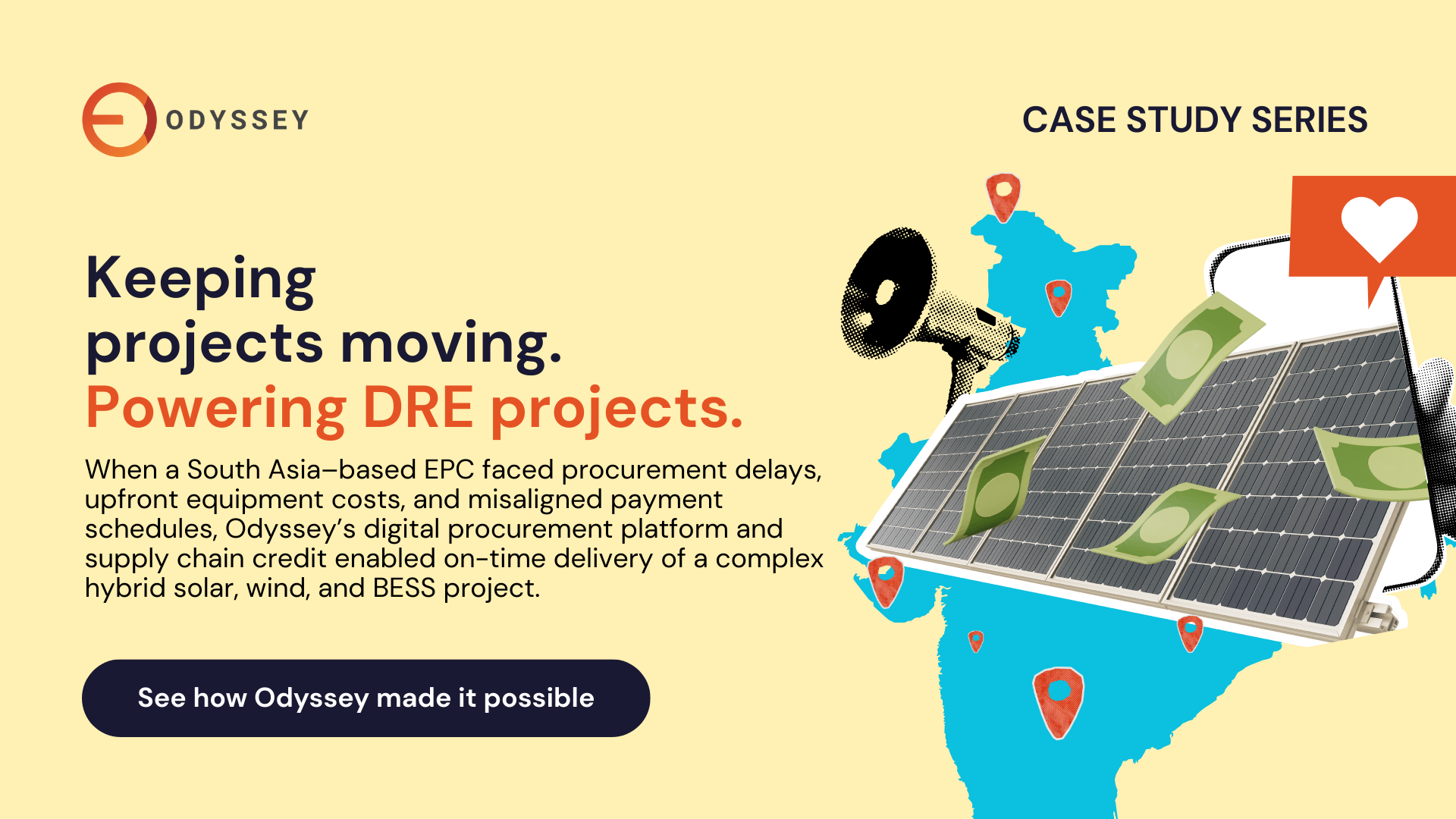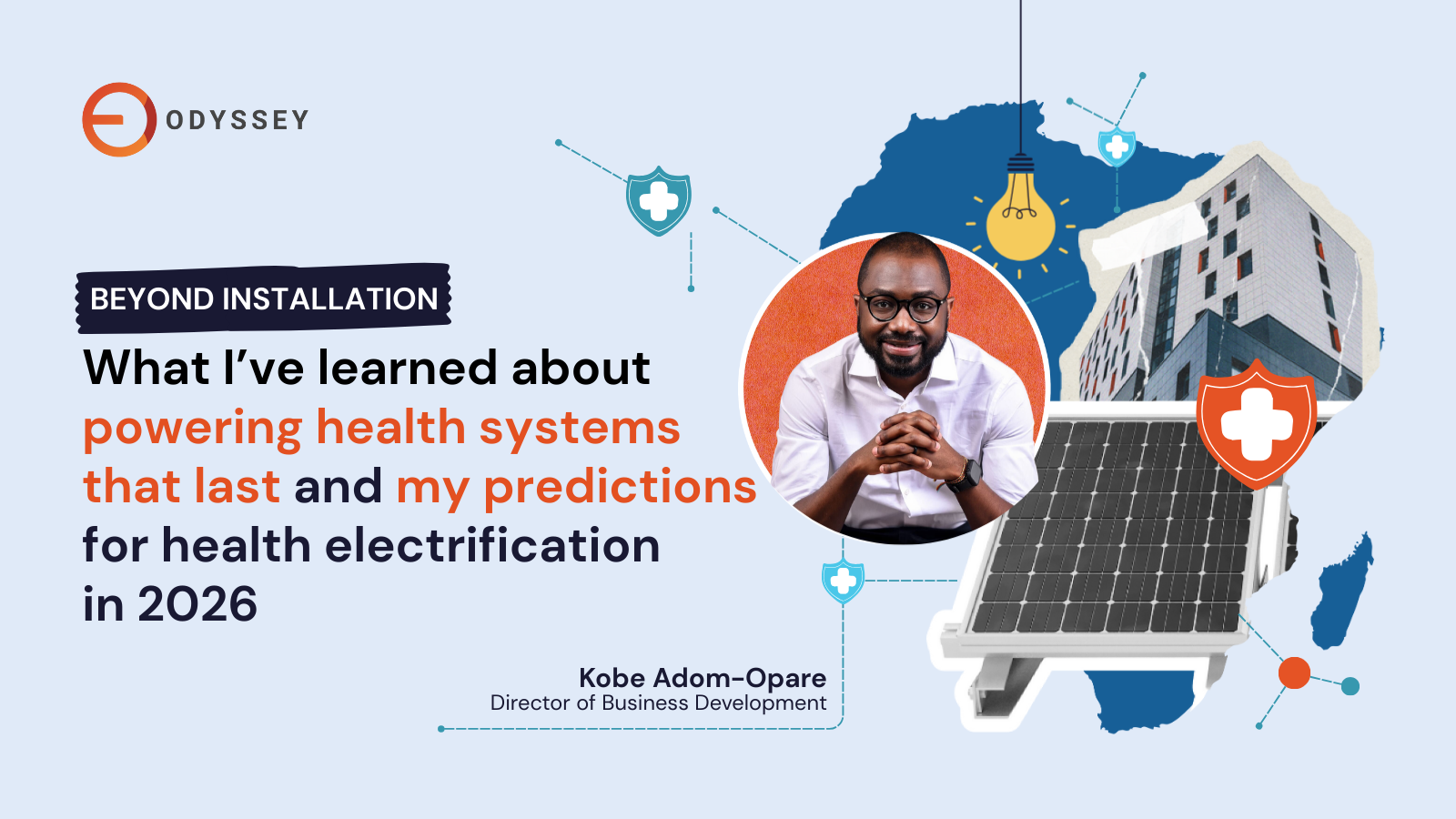We have found the monitoring equipment exceedingly useful for problem solving and tracking trends during the start up of the two systems. It has helped pinpoint issues and track down potential causes of over-voltage and over-current events occurring at the RSI and rectifiers. Using the historical information has helped us define what ‘normal’ power blending trends should look like, and subsequently what abnormal trends look like. This enables us to inform operators in real time if errors are occurring and if intervention is required. - Daniel Droy, Project Engineer, Water Mission
Since 1998, Water Mission has been building safe water, sanitation, and hygiene solutions in developing nations and disaster areas. To date, Water Mission has built over 3,000 projects that deliver clean drinking water to over 8 million people in over 60 countries.
Problem
Water Mission designs and installs solar-powered water projects throughout the world for community-managed water systems and refugee camps. The islands of the Bahamas rely on diesel generators for the electrical power supply. In the aftermath of Hurricane Dorian, the power supply was devastated as generators were left dysfunctional, and power grids were completely destroyed. The water production and distribution pumps relied solely on emergency generators to function and only at partial capacity after the storm.
Solution
UNICEF and Water Mission collaborated to create a more sustainable solution for the future at Water and Sewerage Corporation’s Marsh Harbour systems. The main goal was to build a resilient system that would hold up in the face of future hurricanes. Water Mission designed a system that reduces grid dependency for daily operations and ensures continued operations during power outages.
The design of the system incorporates 840 solar panels arrayed to produce 336 kilowatts of power and is divided into two phases. Phase 1 consists of a 120-kilowatt solar array, grid power connection, and emergency generator power. This system supplies power for 17 production wells. Phase 2 consists of a 216-kilowatt solar array, grid power connection, and emergency generator power. Phase 2 powers 3-60 horsepower distribution pumps and 5 additional production wells. Both phases utilize a power blending system that ensures continuity of power in any scenario. The systems are designed to prefer the higher input of power according to the time of day – solar during times of high irradiation, and grid during times of decreased solar generation. The backup generator supplies power in times of power grid failure by means of an automatic transfer switch. In order to effectively monitor and operate this multi-component system, Water Mission installed two FernBoxes to monitor the critical equipment, allowing them to see what is happening with each component on the FernView platform.
Water Mission partnered with UNICEF, Food for The Poor, and The Center for Disaster Philanthropy to fund this project.
The Results
Water Mission now has a centralized monitoring solution for the entire system. They can easily track how much water is being pumped, monitor water pump and PV performance and troubleshoot any issues with the system.



.png)